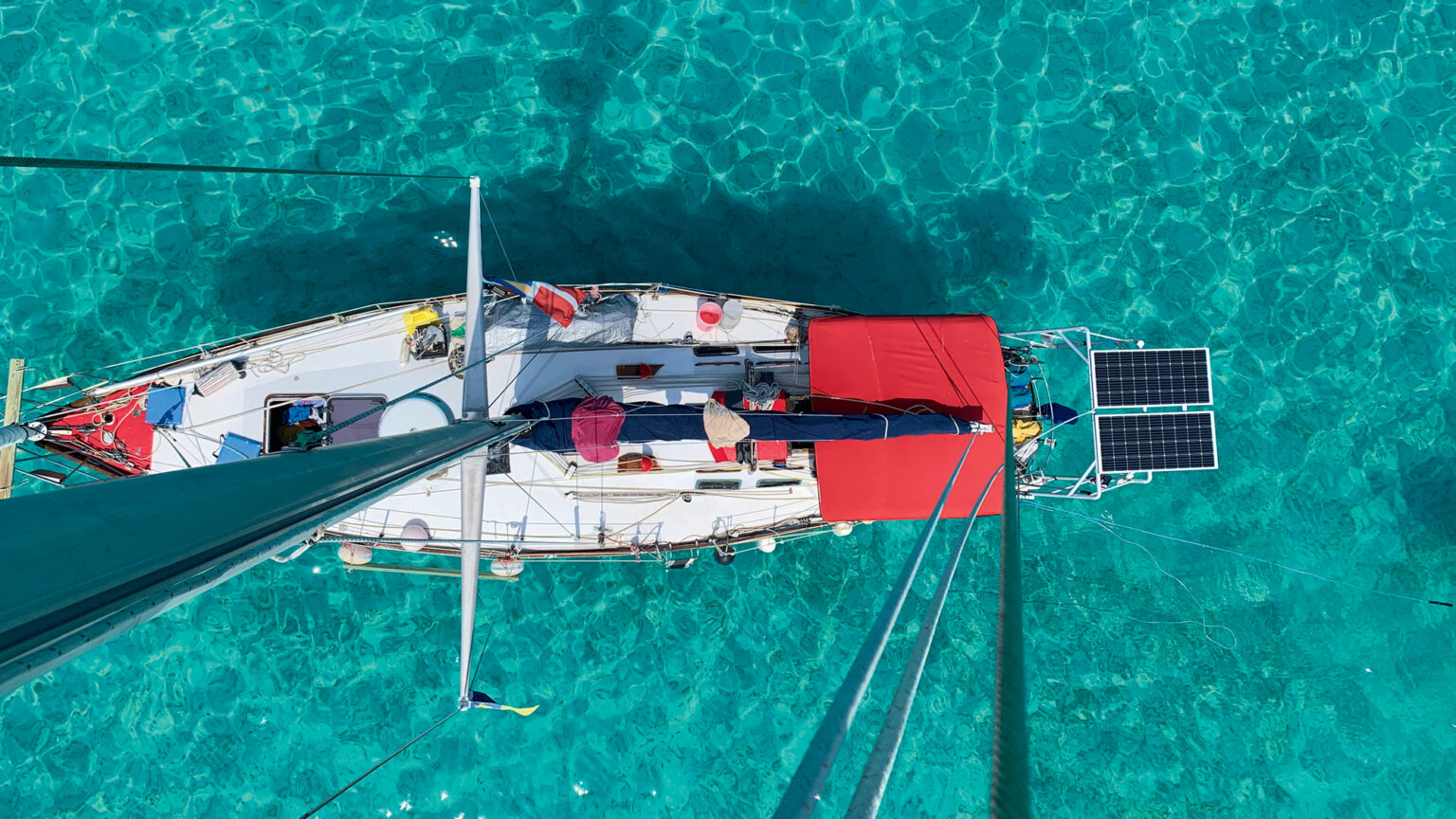The art of sailing often requires innovative approaches, especially when it comes to anchoring. Many sailors wonder about the necessity of an anchor windlass. This article delves into the dynamics of anchoring without one and highlights practical solutions that not only enhance your sailing experience but also cater to various budgets and preferences.
The Anchor Dilemma
Back in the day, windlasses were considered essential for raising and lowering anchors with ease. However, many sailors still manage just fine without one. Some have even shared stories that highlight the drama of anchoring without this modern piece of equipment. Imagine dropping your anchor in beautiful, clear waters, only to find you can’t pull it back up. This scenario presents opportunities for learning and adapting.
There exists a niche in yachting—those who embrace the challenge of sailing without the convenience of an anchor windlass. The experience can be enhanced with clever techniques and tools, allowing for a more engaging and immersive adventure on the high seas or tranquil lakes.
Adventures in Uncharted Waters
Consider the thrill of exploring remote destinations. A case in point involves an excursion to a beautiful surf spot just off a reef’s coast. The excitement of catching waves can be exhilarating, but it may also complicate your departure if the anchor refuses to budge. Here, patience and a bit of strategy come in handy, as sailors learn to dive and retrieve their anchors rather than rely on machinery.
Freediving and the Art of Retrieval
When navigating deep waters, anchoring strategies evolve. Sailors have often found that if an anchor seems stuck, it might just need a little creativity to free it. For instance, a series of dives can provide insights into what’s really happening below the surface.
- Empower Yourself with Knowledge: Understand your anchor’s makeup and how it interacts with various seabeds.
- Diving Skills: Confidence in freediving can help unravel the mysteries of what your anchor encounters.
- Innovative Solutions: Transform a stressful encounter into a success story by using makeshift tools that enable easy lifting.
Using a Tripping Line
Learning how to anchor effectively without a windlass can lead to insightful practices like using a tripping line. This line allows the anchor to be lifted more efficiently, whether from the dinghy or the deck.
Setting up a tripping line involves:
- Choosing a line longer than the water’s depth.
- Tying one end to the anchor’s tripping point and the other end to a float.
- Maintaining tension on the line as the anchor descends.
Using a tripping line smartly means only the anchor’s weight would have to be lifted, reducing the effort required significantly.
Efficiency Tips for Anchor Retrieval
1. Lightening the Load: Lift the anchor using the tripping line, which helps manage the weight of the chain.
2. Techniques: The use of a block hanging from the bow can be helpful in managing tension while anchoring.
3. Chain Hooks and Snubbers: These devices can simplify anchoring-related tasks and may already be present in your equipment inventory.
Methods to Simplify the Process
The satisfaction of being self-reliant while managing your anchor can lead to a deeper appreciation for sailing. Harnessing simple physics with a well-implemented strategy may result in that anchor coming up smoothly and easily. With a straightforward setup of blocks, tackle, and chain hooks, navigating the intricacies of anchoring can become a breeze.
| Equipment | Description |
|---|---|
| Tripping Line | A longer line tied to the anchor that allows for easier retrieval. |
| Block and Tackle | System used to create mechanical advantage for lifting heavy loads. |
| Chain Hooks | Accessible tools for conveniently managing and anchoring without excessive strain. |
Despite the myriad of challenges that come from raising an anchor without a windlass, many sailors take pride in having honed their skills to overcome obstacles. Achieving a successful anchor retrieval brings a level of fulfillment and expertise that defines the sailing lifestyle.
The Thrill of the Challenge
The experience gained from navigating anchoring difficulties directly ties into the pleasures of sailing and exploring remote waters. Every journey brings new lessons about local marine conditions, community knowledge, and environmental beauty. This multifaceted approach to travel is significant, whether you’re exploring complex shorelines or simply enjoying an idyllic day at sea.
With platforms like GetBoat, sailors can find the right vessel that fits their needs—whether it’s exploring hidden lagoons, sailing across vast oceans, or relaxing near busy marinas. GetBoat appreciates the invigorating feeling of adventure and the invaluable freedom that comes with choosing your own route. Each journey on the water can be unique and tailored to provide unforgettable memories. Renting a boat opens up possibilities to connect with the landscape on a much deeper level.
When preparing for your next seaside adventure, remember that a well-thought-out anchoring technique can enhance your experience. Remember to let curiosity guide you and embrace the learning process anchor in each bay, cove, or lagoon—each one tells its own story just as vividly as the local culinary delights. Explore more opportunities with GetBoat by exploring vast possibilities waiting at your fingertips. GetBoat.com
In wrapping up the discussion, it’s clear that proper anchoring techniques are pivotal in the sailing experience. Balancing knowledge gained through challenges and skills mastered enhances every excursion on the waves. Having to creatively strategize brings a sense of connection to the sea, enabling valuable insights into local culture and nature. As such, prepare your sailing adventures with anticipation, knowing that each harbor holds its own treasures to discover.

 Mastering Anchor Techniques Without a Windlass">
Mastering Anchor Techniques Without a Windlass">
